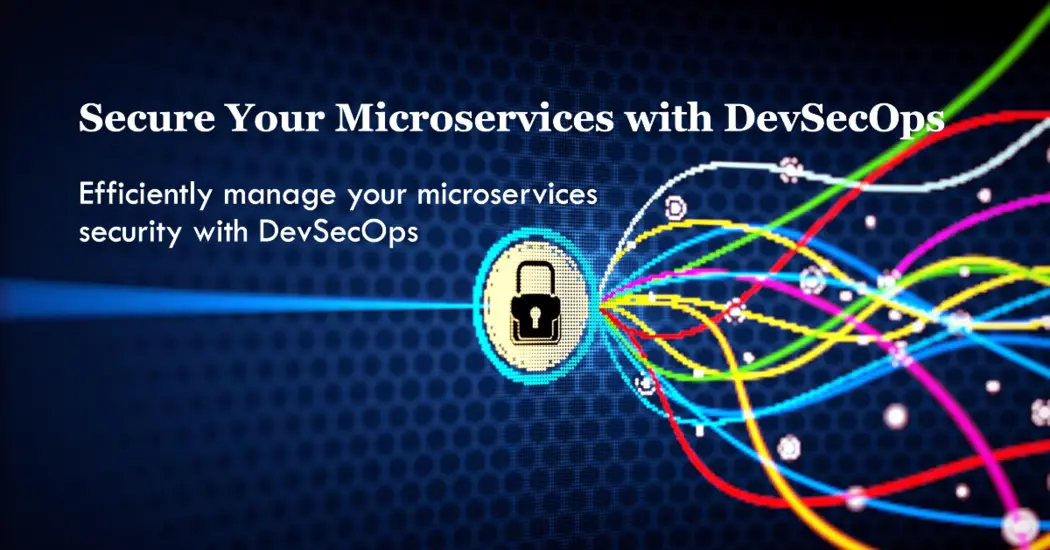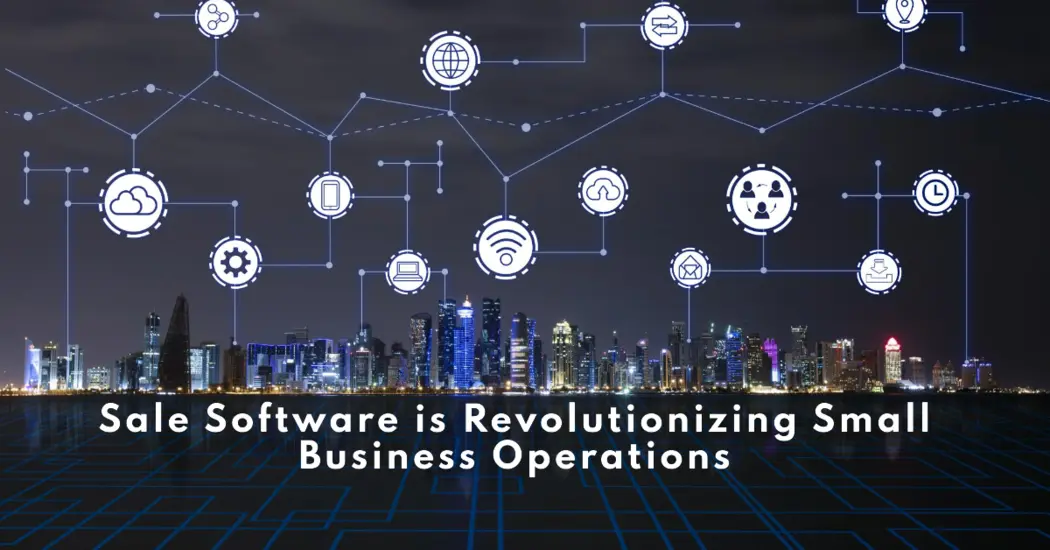Businesses are increasingly shifting toward microservices-based architectures to enhance agility, scalability, and resilience. While these benefits are undeniable, the complexity of managing multiple microservices also brings security challenges. This is where DevSecOps for security comes into play, integrating security seamlessly into the development process, ensuring that the microservices are not just functional and scalable but also secure.
Understanding DevSecOps and Microservices
To know how to apply the transformations, it is essential to grasp some principles, including those of DevSecOps for security strategy and the DevOps model on Microservice architectures.
Microservices architecture is an application development style that emphasizes creating many small cooperating services instead of one monolith solution. Instead, these microservices seek communication through application program interfaces (APIs), making it possible for the organization to create, deploy and enhance each one of the services independently.
Nevertheless, with the advent of microservices architecture comes the problem of security risks, especially in the microservices deployment model. The more services there are, the more security considerations must be made on all domains, be it the network, application, or data domain. This is where DevSecOps for security comes into play.DevSecOps is a form of DevOps service whereby security is incorporated into any software development process as soon as it starts to ensure that all security tasks and requirements are part of the development team’s schedule.
The Significance of DevSecOps in Microservices
Application of the DevSecOps approach in a microservices architecture means that security is integrated into every stage of development. The initial, most significant difference when comparing DevSecOps for security and traditional security models is transiting from passive to active security.
In most cases of a traditional setup, security is reviewed towards the tail end of the development cycle, where more vulnerabilities might be discovered, bringing about losses in terms of time to fix them. In contrast, with DevSecOps, security is infused in the entire development pipeline; therefore, risks are incurred in due process.
For microservices, it is noticeable that DevSecOps is of much importance in the:
- Detecting vulnerabilities immediately: Each microservice is a separate service apparatus; thus, a flaw in even one service’s operating system can affect the central system. Security is integrated into the pipeline works so that remediation and detection of vulnerabilities are done in real time.
- Efficiency: As organizations grow and increase the number of their microservices, the DevSecOps model also grows, ensuring security is determined without discrimination in every service.
- Security: Automated compliance checks are performed through the DevSecOps approach. As a result, all microservices within an organization are guaranteed to comply with the necessary rules and standards.
Key Security Challenges in Microservices
The incorporation of DevOps Microservices comes with various security implications that DevSecOps seeks to solve:
Distributed Environment
A microservices architecture is distributed in that every service may be deployed in another location or environment: on-premise, cloud, or combination. Establishing a secure communication channel between all the running services in such turmoil is a Herculean task.
API Security
In a microservices-based application, the microservices depend on APIs for communication. Such APIs, if left unsecured, become candies for the attackers. It is, therefore, necessary to secure these APIs through authentication, authorization and encryption.
Data Handling
Every microservice will, in most cases, have her database. For that reason, the data is likely to be spread out in many different parts, which poses issues if the data cannot be guaranteed adequately secured.
Dynamic Services
Microservices are relatively volatile and, depending on the requirements, can be created or destroyed. Protecting such environments, which are subjected to continuous changes, will require the excellent assistance of automatic security controls designed to be modified to address environmental changes.
Implementing DevSecOps for Security in Microservices
Having looked at the challenges, we want to look at how it is possible to implement DevSecOps for the security of microservices architecture. The following are critical security controls that can be deployed in the DevOps pipeline.
Safety Measures Automation in CI/CD Pipeline
As DevOps principles are followed, the DevOps services pipeline framework that encompasses all stages of development and deployment of new features based on the microservice architecture is critical. The idea of pipeline security brings forth incorporating automation of security in the Continuous Integration and Continuous Deployment pipeline while warranting that the microservice is security validated before any production.
- Automated Static Application Security Testing (SAST) can analyze the code for security flaws during the development phase.
- Dynamic Application Security Testing (DAST) scans running applications to detect vulnerabilities in real-time.
- Container security scanning ensures that containers used in the microservices architecture are secure and free from vulnerabilities.
API Gateway of the Organization – this is the way to go!
The development of microservices architecture is based on microservices, and they all communicate through the application’s already-developed APIs. Centralizing control of all the calls made can be done by implementing an API gateway managing the traffic to APIs, assisting in placing access control, rate limits and traffic logging.
- Authentication and Authorization: In the application and service portal, access to specific APIs can be managed through OAuth tokens or-jwt tokens.
- Encryption: Data transmitted through API communication is supposed to be secured with TLS/SSL devices that encrypt API communications to protect the data being relayed.
Container Security
Small-scale applications deployed over a virtualization or orchestration environment such as Docker or Kubernetes are typically called Microservices. Rightly so, container security is critically important to the survival of each microservice as they operate in one container and microservice development.
- Image scanning: Scan container images used in a production deployment for vulnerabilities.
- Runtime protection: Deploy appliances to monitor container activity for malicious actions.
- Network policies: Restrict container communication using network segmentation and policies to reduce the attack vector.
Service Mesh for Secure Communication
A service mesh software system manages service-to-service interactions in a microservices architecture. It takes care of load sharing, service assimilation, and, quite significantly, security to the numerous services.
- Mutual TLS (mTLS): The service mesh of the Istio or Linkerd type implements a mutual TLS communication paradigm that guarantees a secure service interaction.
- Service-to-service authentication: Implement robust authentication mechanisms and use services to interact with each other.
Identity and access management (IAM)
Microservice interactions invite the crucial access management process about what has been provided. A system of policies and processes should be followed with service-based control elements. A multi-functional security application is defined as a service-oriented microservice.
Monitoring and Logging
Effective monitoring and logging are paramount at the time any security breach occurs. A developed model includes remote log management systems with monitoring capabilities on the microservice environment, offering visibility.
- Log aggregation: ELK stacks or tools such as Prometheus are deployed in penetrating every phase within all the microservices to compile every log activity and watch intently for threats.
- Incident response automation: The term incident response handles potential security incidents that an organization may face. Response frameworks in automation can help block risks as soon as threats are identified.
Mutable Infrastructure
Linking all the microservices requires some form of infrastructure. When there is distributed deployment of applications, there is no need to require a backing infrastructure. For this reason, a device cannot be re-used in the same way as before, and best practices must be followed. Such best practices, such as immutable infrastructure, promote only a redeployment of such changes.
Conclusion
Given the nature of this architectural design, adequate planning for security measures must be implemented from the beginning. Security shows that DevSecOps is the methodology that should be used to integrate security within DevOps services. One good way of reducing security threats is to use security automation approaches, API security, container scanning, and proper monitoring approaches within the organization’s business processes.
However, in today’s age of evolution with digitalization, everything goes in order of priority in every business company; securing their data and operations for all businesses, including microservices with DevSecOps for security, is no longer an alternative option to all companies. Integrating these practices will enable businesses to develop secure, scalable and agile microservices-based applications that can be relevant over time.




